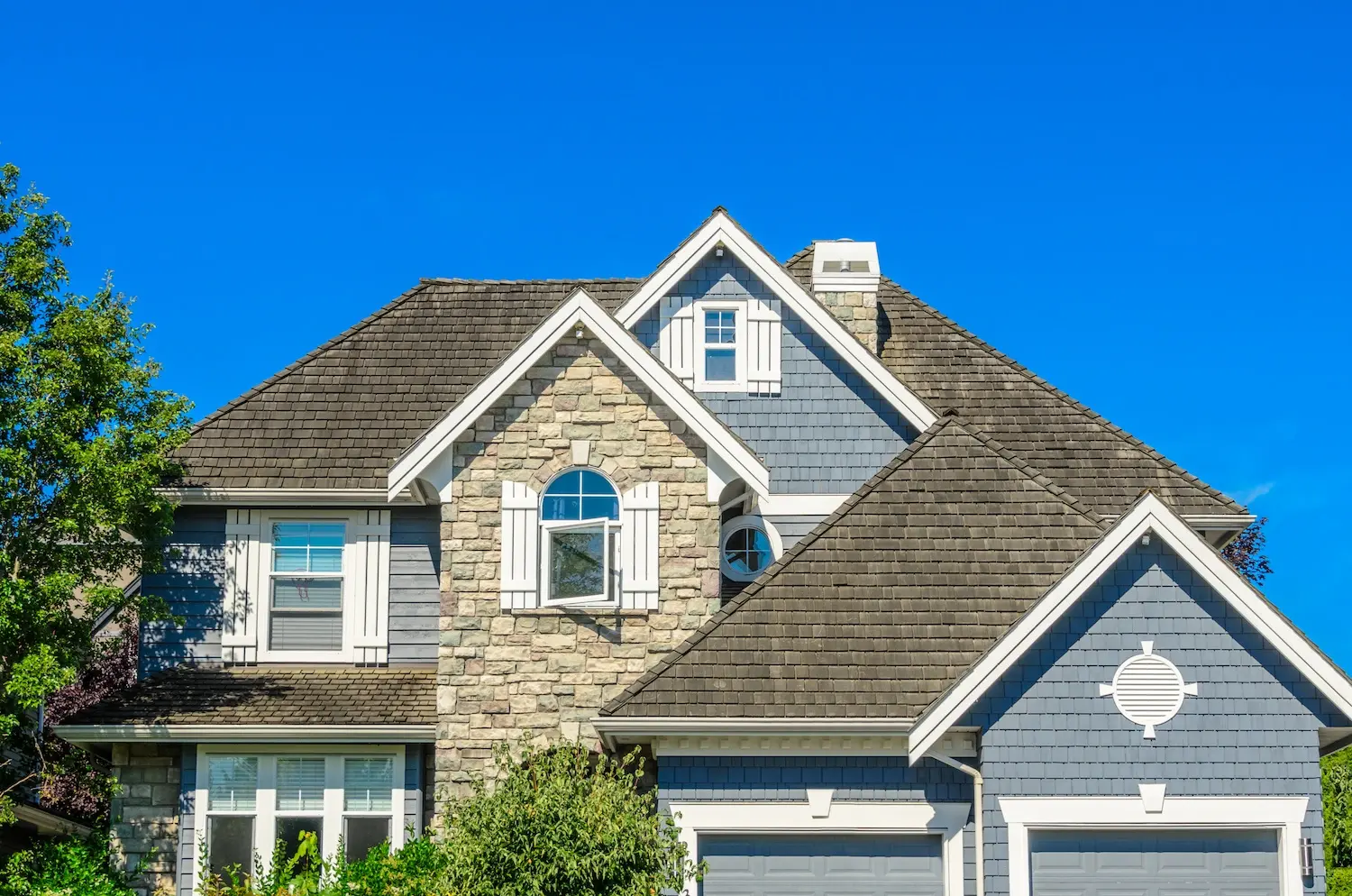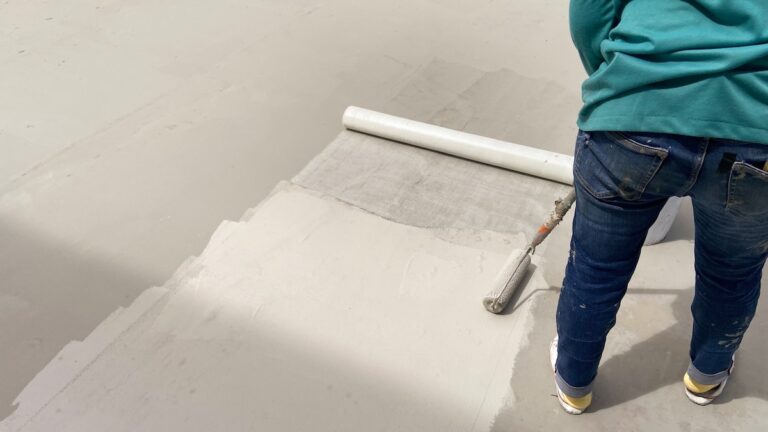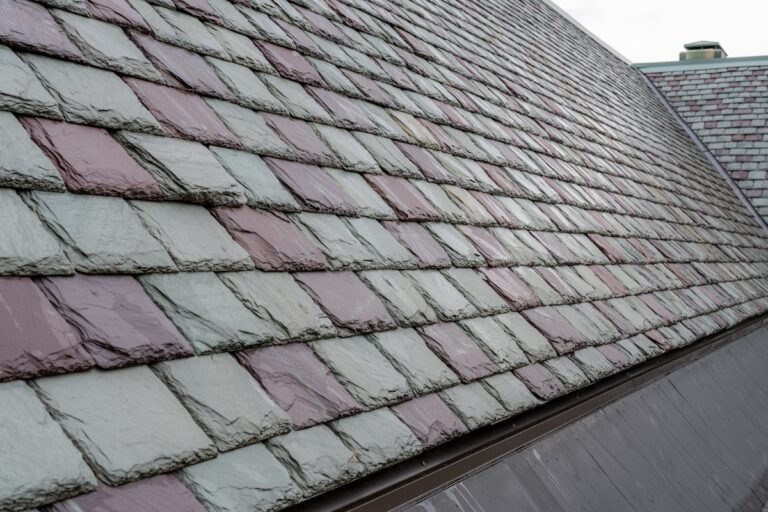When we think about roofing, we generally assume that it’s designed to be sturdy and reliable. However, as durable as roofs are designed to be, they aren’t immortal. Eventually, every roof will require repairs or replacements due to:
- Wear and tear
- Age
- Damage from storms
Roof replacements are significant investments for homeowners, often costing thousands of dollars. While the need for a new roof may be inevitable, the financial strain doesn’t have to be.
This expert guide to roof financing aims to demystify the process, empowering homeowners to make informed decisions about their shelter without breaking the bank.
What is Roof Financing?
Roof financing refers to the various financial options available to homeowners to cover the cost of roof repairs or replacements. Instead of paying the entire sum upfront, financing allows homeowners to spread the cost over time through loans, credit lines, or other financial arrangements.
Why is Roof Financing Important for Homeowners?
- Financial Flexibility: Roof financing provides homeowners with the flexibility to manage their budgets effectively. Rather than draining savings or emergency funds, financing allows for predictable monthly payments that fit within the household budget.
- Immediate Action: Delaying roof repairs or replacements can lead to further damage and increased costs in the long run. With financing, homeowners can address roofing issues promptly, preventing additional expenses and protecting the integrity of their homes.
- Asset Protection: Your home is one of your most valuable assets. A well-maintained roof not only enhances curb appeal but also preserves the structural integrity of your property. Roof financing ensures that you can protect your investment without compromising on quality.
5 Roof Financing Options

There’s isn’t a one size fits all option, when it comes to paying for your roofing system! Here are just a few of the options that may be available to you:
1) Personal Loans:
Personal loans from banks, credit unions, or online lenders offer a lump sum of money that can be used for roof repairs or replacements. These loans typically have fixed interest rates and terms ranging from a few years to a decade.
2) Home Equity Loans:
Home equity loans allow homeowners to borrow against the equity in their homes. With a fixed interest rate and predictable monthly payments, this option can be suitable for large roofing projects.
3) Home Equity Lines of Credit (HELOC):
HELOCs provide homeowners with a line of credit based on the equity in their homes. Borrowers can withdraw funds as needed, making it a flexible option for ongoing roofing expenses or emergencies.
4) Roofing Financing Programs:
Some roofing companies offer financing programs in partnership with financial institutions. These programs may feature promotional offers such as low or zero-interest financing for a limited time.
5) Credit Cards:
While not ideal for large roofing projects due to high-interest rates, credit cards can be used for smaller repairs or as a short-term financing solution. Some credit cards offer promotional periods with zero interest on purchases, providing temporary relief for homeowners.
How to Choose the Right Roof Financing Option for You
Not sure which route to take? Here are a few factors to reflect on, before making a decision:
- Assess Your Financial Situation: Before committing to any financing option, evaluate your current financial standing, including income, savings, and existing debts. Determine how much you can comfortably afford to allocate towards roof payments each month.
- Compare Interest Rates and Terms: Research and compare interest rates, repayment terms, and fees associated with different financing options. Choose a loan or credit line with favorable terms that align with your financial goals.
- Consider Your Roofing Needs: The extent of your roofing project will influence the type of financing that suits your needs. For minor repairs, a credit card or personal loan may suffice, while larger replacements may require a home equity loan or HELOC.
- Review Eligibility Requirements: Lenders have specific eligibility criteria for loans and credit lines. Ensure that you meet the requirements regarding credit score, income, and home equity before applying for financing.
The Full Cost of a Roof Replacement

When budgeting for a roof replacement, it’s essential to consider all the expenses involved, not just the materials and labor. The full cost of a roof replacement may include:
- Materials: The cost of roofing materials varies depending on the type, quality, and size of your roof. Asphalt shingles are the most common and affordable option, while metal, tile, and slate roofs tend to be more expensive.
- Labor: Professional installation is crucial for ensuring the longevity and performance of your new roof. Labor costs cover the skilled workmanship required to remove the old roof, install new materials, and address any underlying issues.
- Permits and Inspections: Before commencing any roofing project, you may need to obtain permits from your local building authority. Permit fees and inspection costs should be factored into your budget to ensure compliance with regulations.
- Additional Services: Depending on the condition of your roof, you may require additional services such as roof deck repairs, chimney flashing, or gutter replacement. These services add to the overall cost of the project but are essential for a complete roofing solution.
- Contingency Fund: Unexpected expenses can arise during a roof replacement, such as the discovery of hidden damage or the need for structural reinforcements. Building a contingency fund into your budget provides financial protection against unforeseen circumstances.
Signs That You Need a Roof Replacement
Is a roof replacement really necessary? Or can you push it off a bit? Look for these signs to tell you when it’s time to pull the plug on your old roof!
🎂 Age
The age of your roof is a primary indicator of its condition. Most asphalt shingle roofs have a lifespan of 20 to 30 years, while other materials may last longer. If your roof is nearing the end of its lifespan, it may be time for a replacement.
👓 Visible Damage
Inspect your roof regularly for signs of damage such as missing or damaged shingles, curling or buckling, and cracked or deteriorating materials. These issues can compromise the integrity of your roof and warrant immediate attention.
💧 Leaks and Water Damage
Water stains on ceilings or walls, mold growth, and musty odors are signs of roof leaks and water damage. Ignoring these warning signs can lead to structural issues and costly repairs. A professional inspection can identify the source of the leaks and determine if a replacement is necessary.
📏 Sagging or Uneven Roof Surface
A sagging or uneven roof surface indicates underlying structural problems that require immediate intervention. Whether due to inadequate support or water damage, these issues pose serious risks to the safety and stability of your home.
💡 Energy Efficiency Concerns
An old or damaged roof can compromise the energy efficiency of your home, leading to higher utility bills and discomfort indoors. A replacement with modern, energy-efficient materials can improve insulation and reduce heating and cooling costs.
Learn More About Roof Replacement Costs
Investing in a new roof is an investment in the safety, comfort, and value of your home. With the myriad of roof financing options available, homeowners can embark on roofing projects with confidence, knowing that financial assistance is within reach.
If you’re starting your roof replacement journey, the best thing to do is to talk with a professional roofing contractor. Contact Johnson Restoration for guidance on your financing options.






